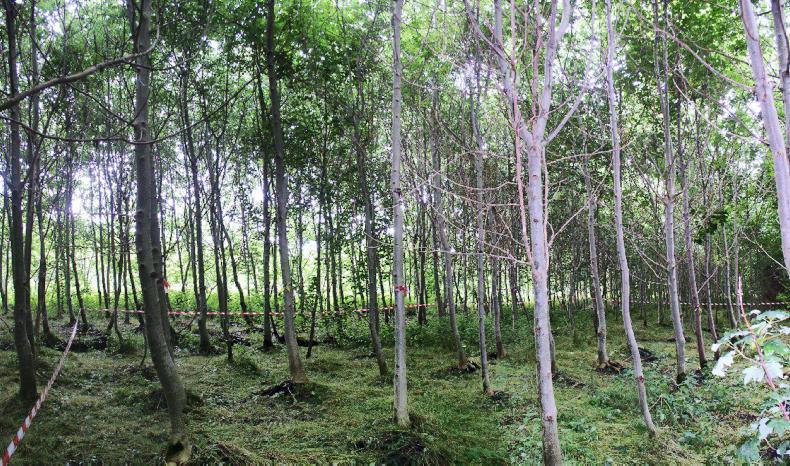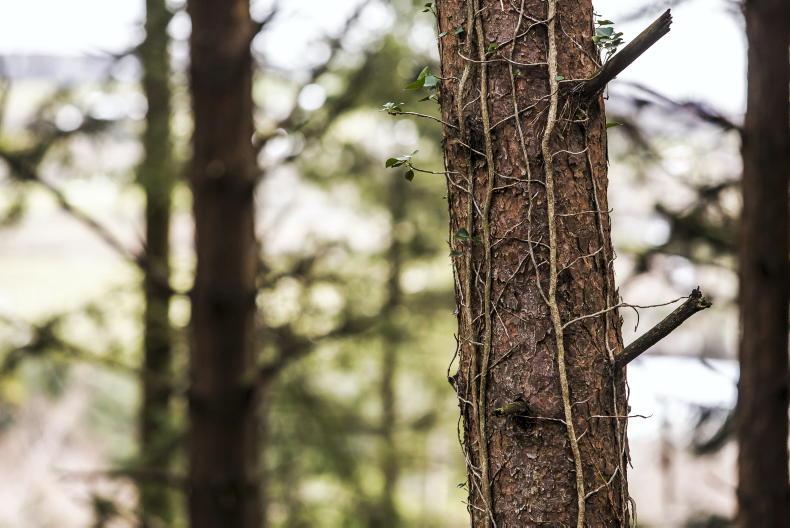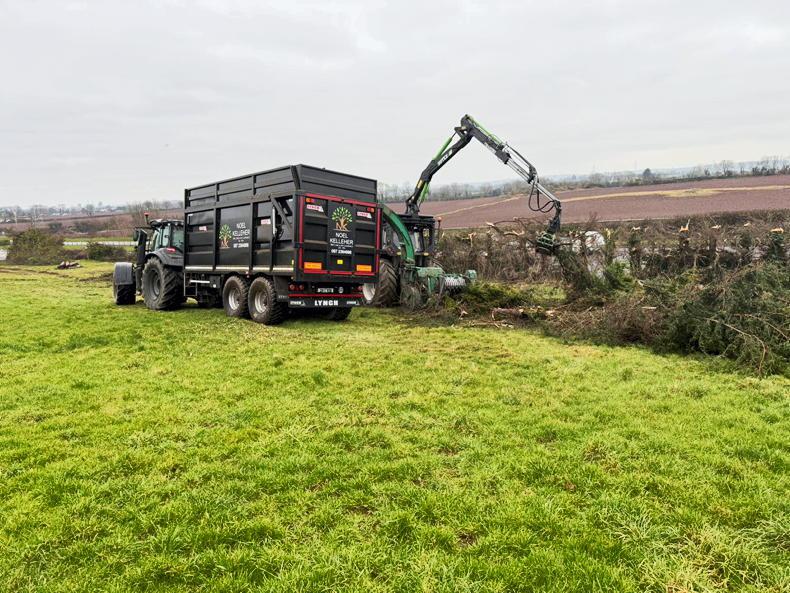A review of national controls against ash dieback are close to being finalised, according to the Department of Agriculture.
Since 2013, over €4.4m has been spent removing 1,800ha of ash that was affected by the fungal disease.
The disease was first confirmed in October 2012 on imported ash trees on a plantation in Co Leitrim.
Following the discovery, the Department introduced a Reconstitution Scheme in March 2013 to remove infected trees and replant affected areas.
Despite attempts to control the disease it is now widespread and can be found in all 26 counties. It had been confirmed in more than 600 locations by the end of 2017.
In light of increasing numbers, the Department switched to mapping findings on 10km grid squares where the disease had been found.
Review
Announcing the review in April 2018, Minister of State Andrew Doyle said: “It is clear from the latest scientific advice that eradication here is no longer considered feasible.”
Almost 12 months later a spokesperson for the Department of Agriculture confirmed the review, undertaken with the assistance of Teagasc and international experts, was being finalised.
“Current support schemes were reviewed to ensure the continued relevance of the Department’s response and value for money for both the taxpayer and the individual owners, and to ensure that the forest owner is provided with a broader range of silvicultural and management options.”
The spokesperson added that consideration is currently being given to the financial aspects of the associated support schemes and that details will be available shortly.
Read more
Listening to the people who plant trees
Emphasis on broadleaves in 2018-19
A review of national controls against ash dieback are close to being finalised, according to the Department of Agriculture.
Since 2013, over €4.4m has been spent removing 1,800ha of ash that was affected by the fungal disease.
The disease was first confirmed in October 2012 on imported ash trees on a plantation in Co Leitrim.
Following the discovery, the Department introduced a Reconstitution Scheme in March 2013 to remove infected trees and replant affected areas.
Despite attempts to control the disease it is now widespread and can be found in all 26 counties. It had been confirmed in more than 600 locations by the end of 2017.
In light of increasing numbers, the Department switched to mapping findings on 10km grid squares where the disease had been found.
Review
Announcing the review in April 2018, Minister of State Andrew Doyle said: “It is clear from the latest scientific advice that eradication here is no longer considered feasible.”
Almost 12 months later a spokesperson for the Department of Agriculture confirmed the review, undertaken with the assistance of Teagasc and international experts, was being finalised.
“Current support schemes were reviewed to ensure the continued relevance of the Department’s response and value for money for both the taxpayer and the individual owners, and to ensure that the forest owner is provided with a broader range of silvicultural and management options.”
The spokesperson added that consideration is currently being given to the financial aspects of the associated support schemes and that details will be available shortly.
Read more
Listening to the people who plant trees
Emphasis on broadleaves in 2018-19










SHARING OPTIONS